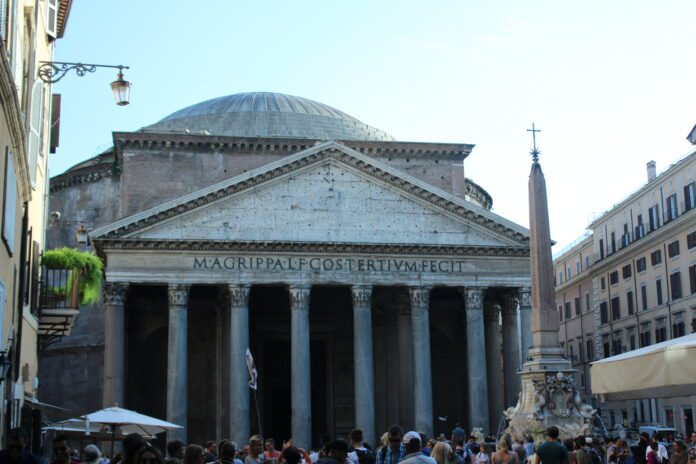As the year nears its end and we get lost in all of our demanding work, we are reminded by the Church to remember what is truly important. This day of the first of November is All Saints’ Day, a day in which we honor and remember the saints we can name and the ones we cannot. The saints that are lost to history and from our memory are not lost by the Church. Therefore, on this day, we honor them all.
The Catholic Church has a very long history of honoring saints and martyrs. Through “The Martyrdom of Polycarp,” which is a letter from the church of Smyrna (modern day Izmir, Turkey) to other nearby churches and was the first depiction of a Christian martyrdom outside of the Old Testament, we learn that Christians have honored saints and martyrs since at least the second century AD: “Accordingly, we afterwards took up his bones, more precious than the most exquisite jewels, and more pure than gold, and deposited them in a fitting place, so that when being gathered together, as opportunity is allowed us, with joy and rejoicing, the Lord shall grant us to celebrate the anniversary of his martyrdom, both in memory of those who have already finished their course, and for the exercising and preparation of those yet to walk in their steps.”
In those early days, Christians would remember the anniversary of the martyr’s death and neighboring dioceses would interchange feasts, transfer and exchange relics and join in a common feast.
On one May 13 sometime between the years 609 and 613 AD, Pope Boniface IV consecrated the Roman Pantheon to Mary our Mother and the saints, our brothers and sisters. He ordered for an anniversary on their behalf and the Pantheon then became known as Basilica di Santa Maria ad Martyres. Pope Gregory III in his years as pope (731-741) consecrated a chapel in the Basilica of St. Peter to all of the saints and moved the anniversary to Nov. 1. Pope Gregory IV (827-844) extended the celebration to the entire Church.
The Pantheon once showed the unity of the Roman gods, but now it shows the unity of all saints, even those who have been forgotten by mortal minds.
This solemn celebration of the suffering that saints experience brings unity to believers: in remembering the suffering of saints together, we remember the heart of the church. We join in communion with them and with each other and we find unity in our mutual suffering, no matter how big or small.
It is easy to get lost in suffering, but on this special day, we also remember the joy of the saints. The saints give us the example of choosing joy while suffering; choosing to have hope for a greater end, which, as Christians, is a fight that unites us all.
This remembrance and unity lays the foundation for great love and for great compassion. In opening our eyes to the suffering of the saints and the solemnity of it, we are guided to open our eyes to the suffering of others. In honoring the saints for their love, we are guided to love and be compassionate towards others and their suffering.
In remembering our history, we remember ourselves. We remember who we are as believers and what it means to be a part of the body of Christ. As it says in I Corinthians 12:26, “If [one] part suffers, all the parts suffer with it; if one part is honored, all the parts share its joy.”
As you remember the saints today, remember also your neighbor and show them great and Godly love. Our solemn remembrance will prepare us for the grief of tomorrow, All Souls’ Day, and every day after. The special way in which we pray for the dead at the beginning of November is a movement of hope as we continue on in the face of both joy and suffering.
